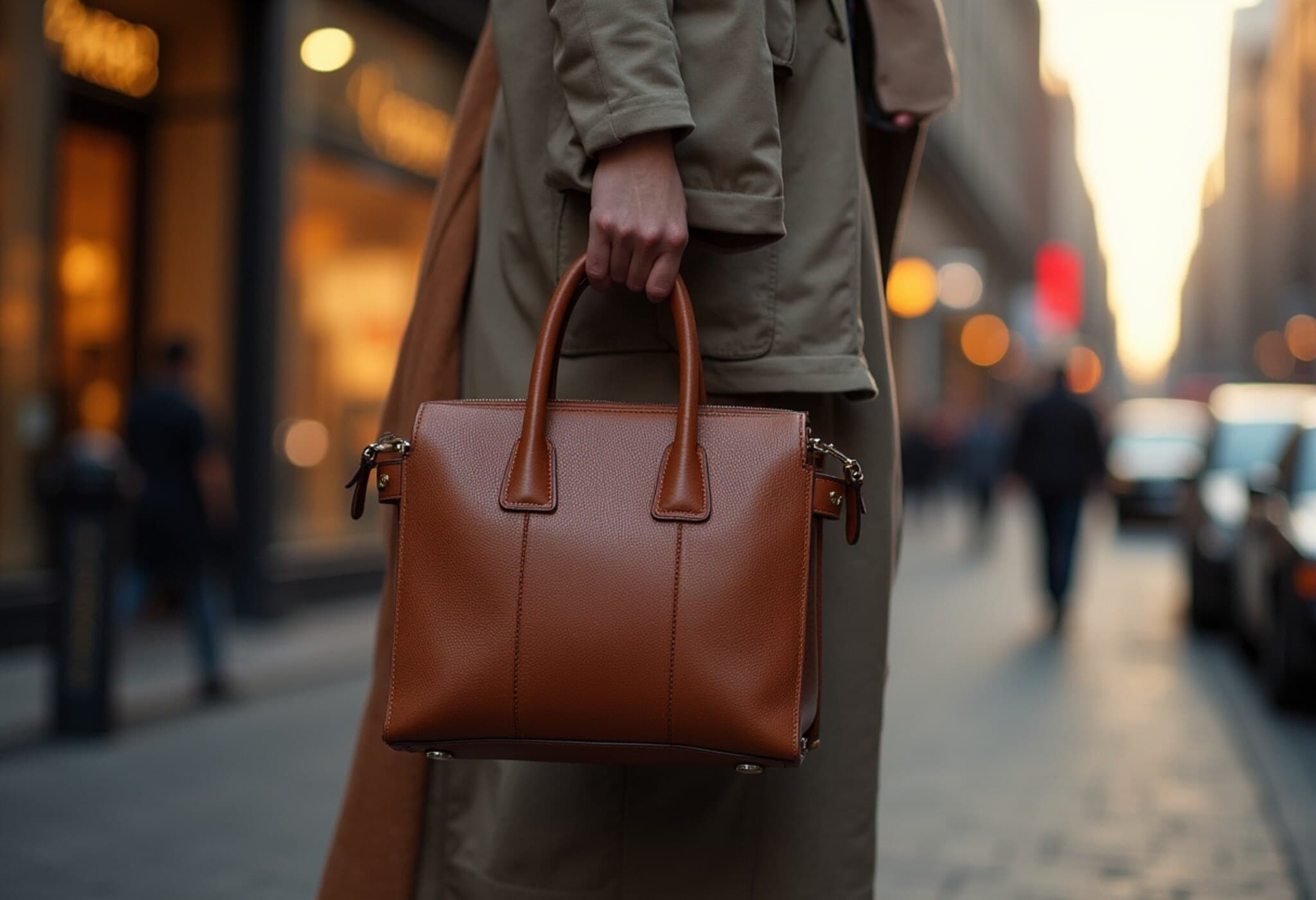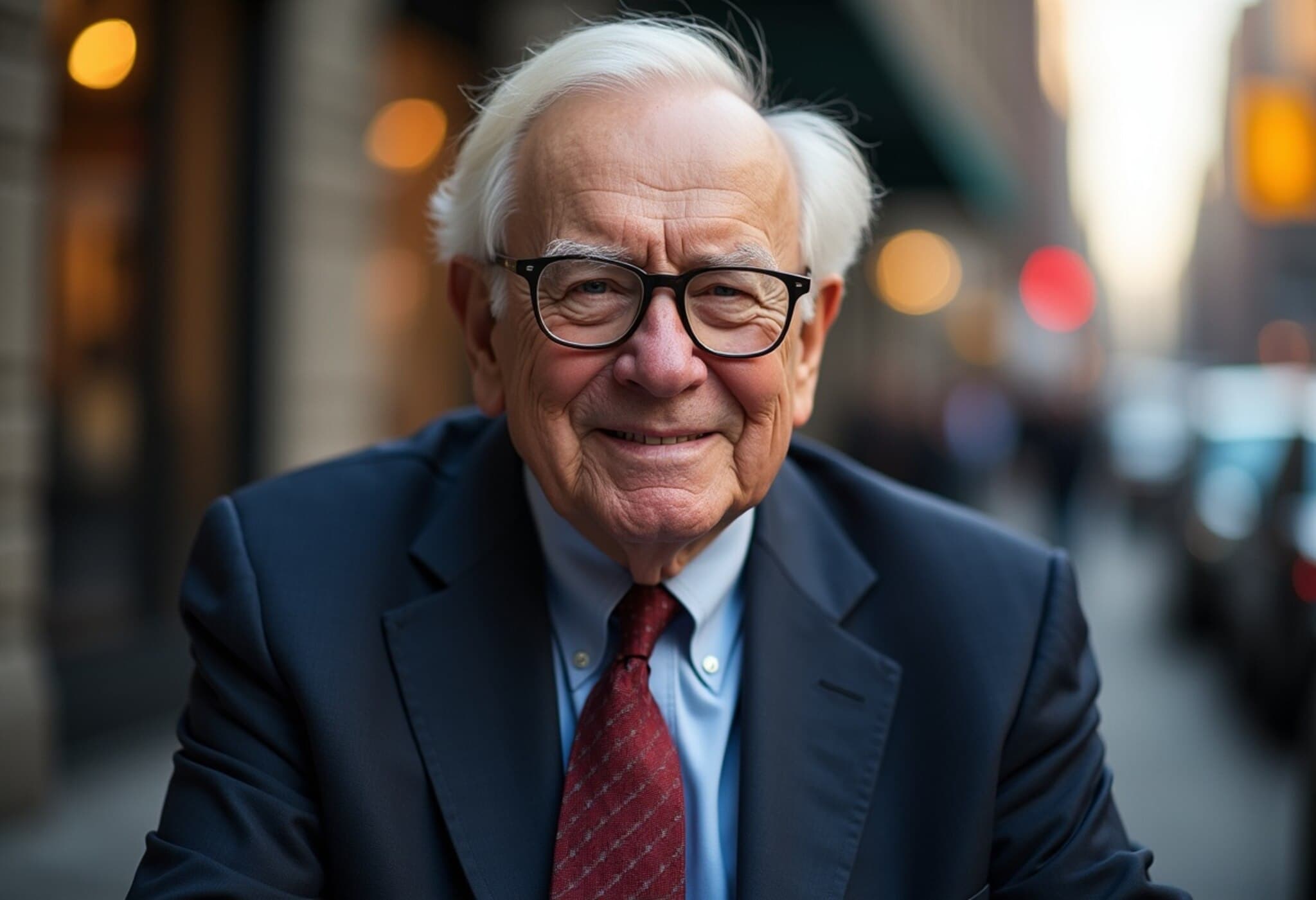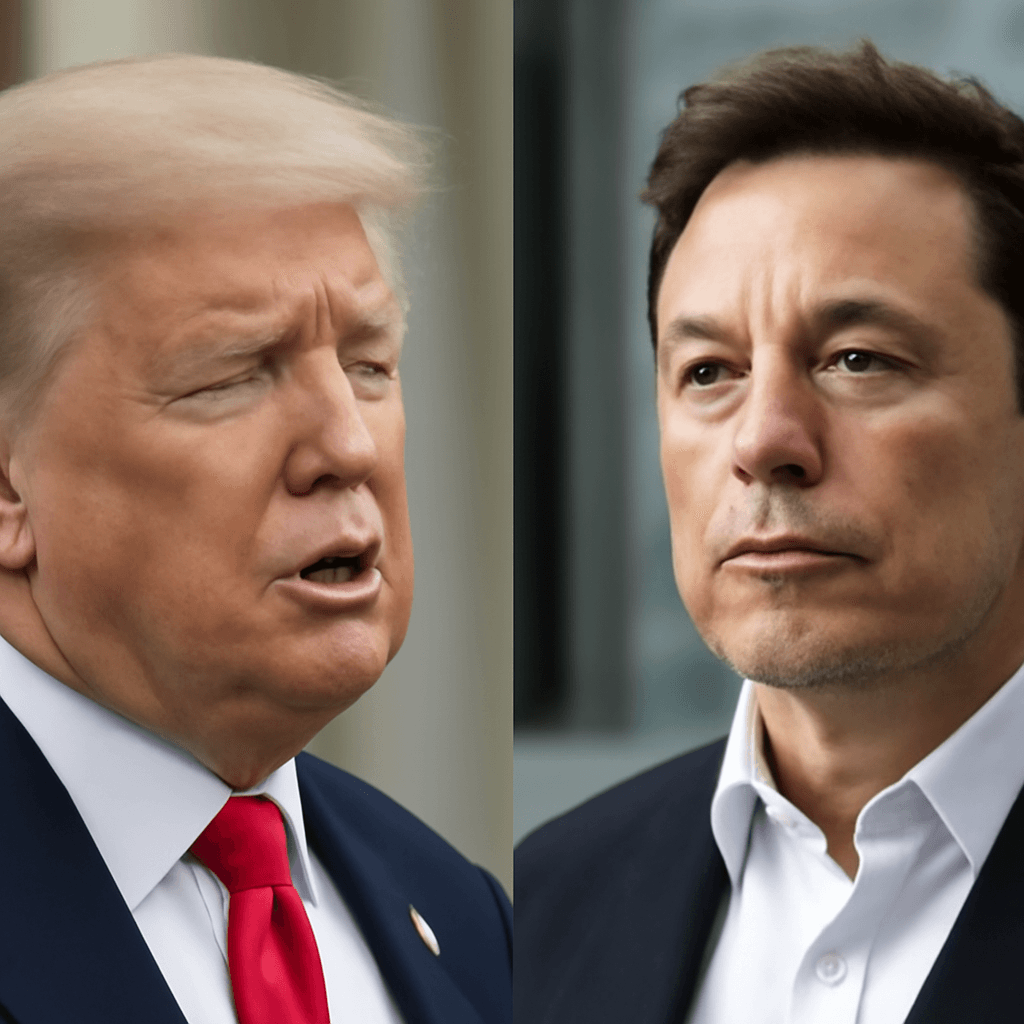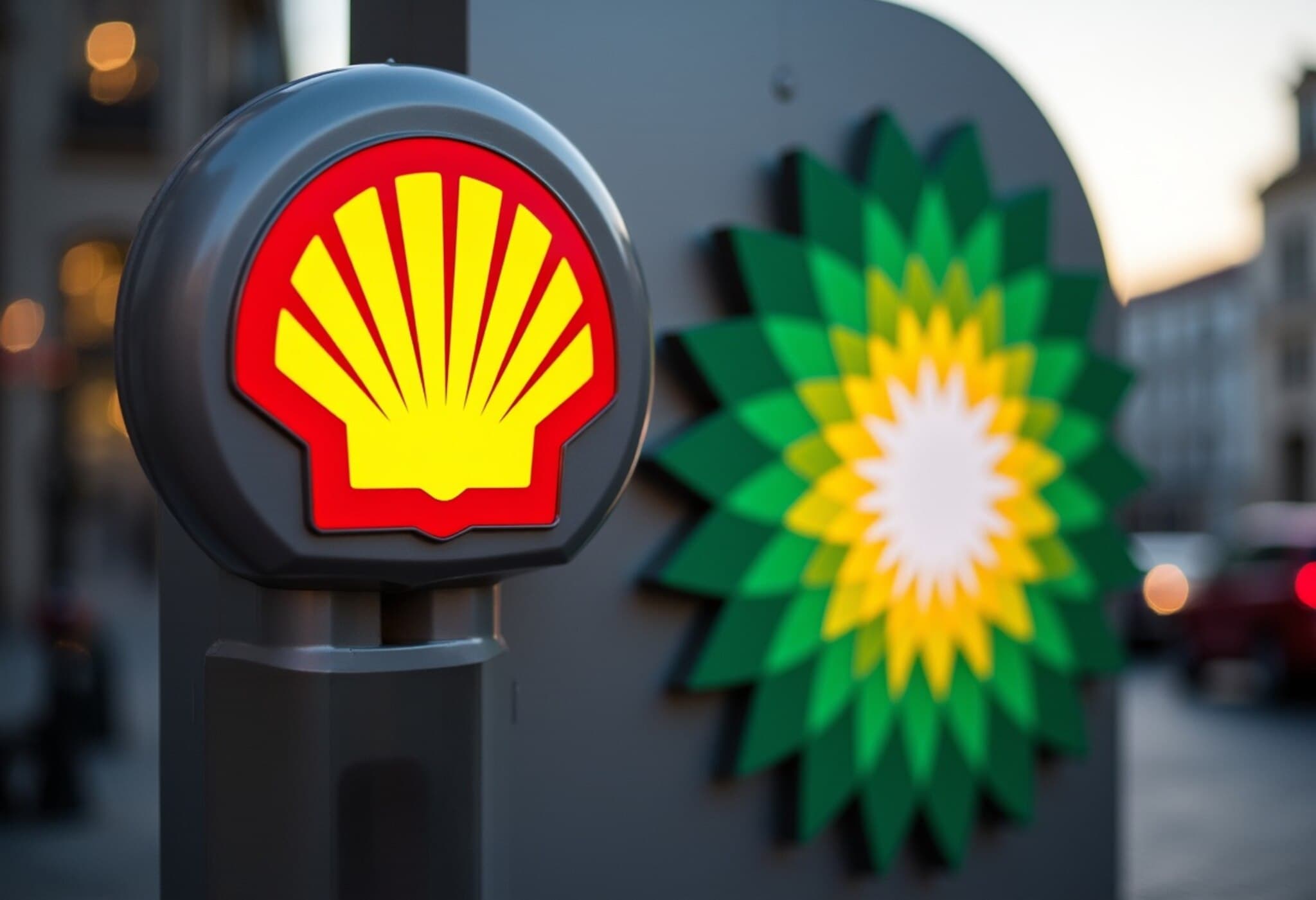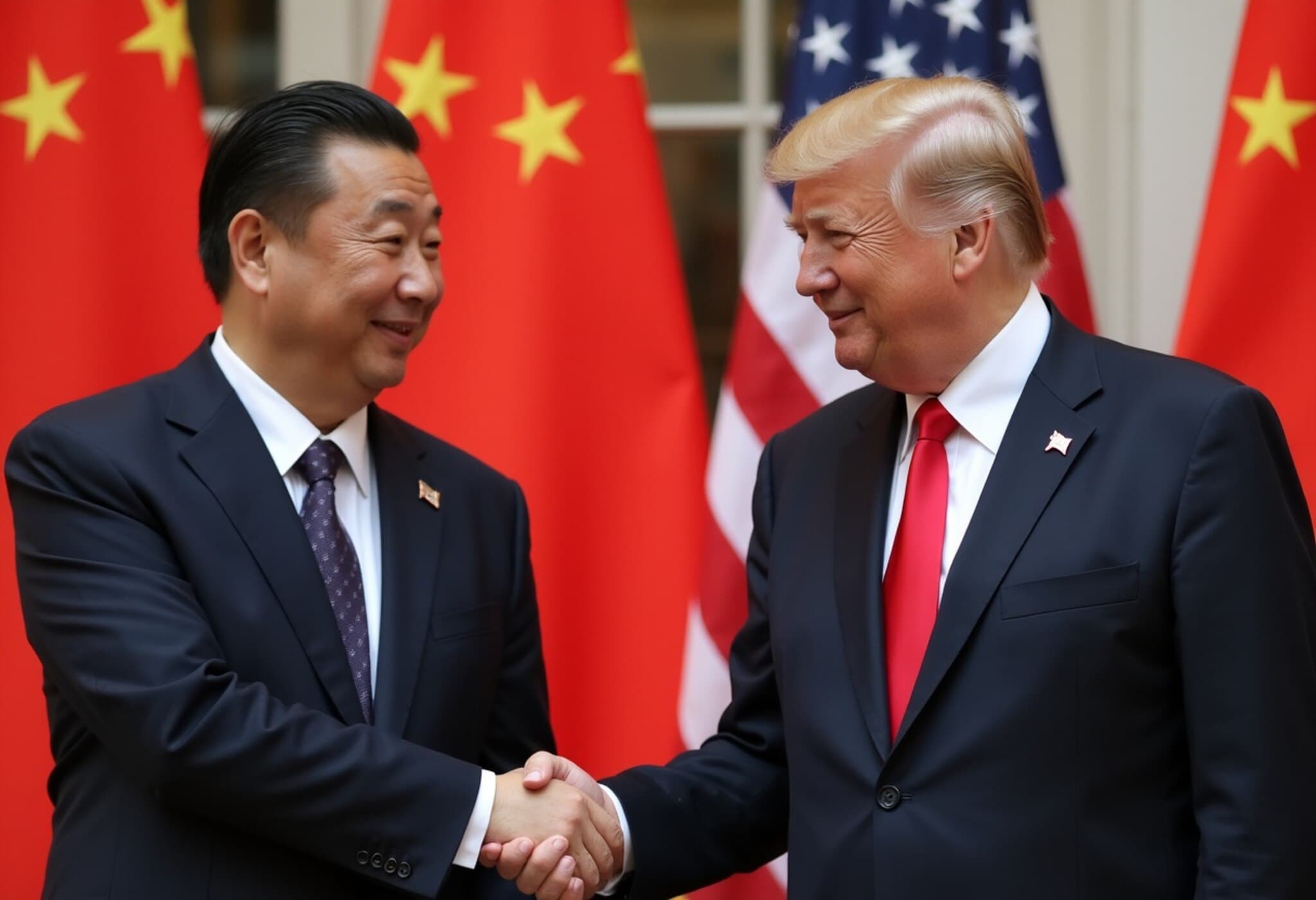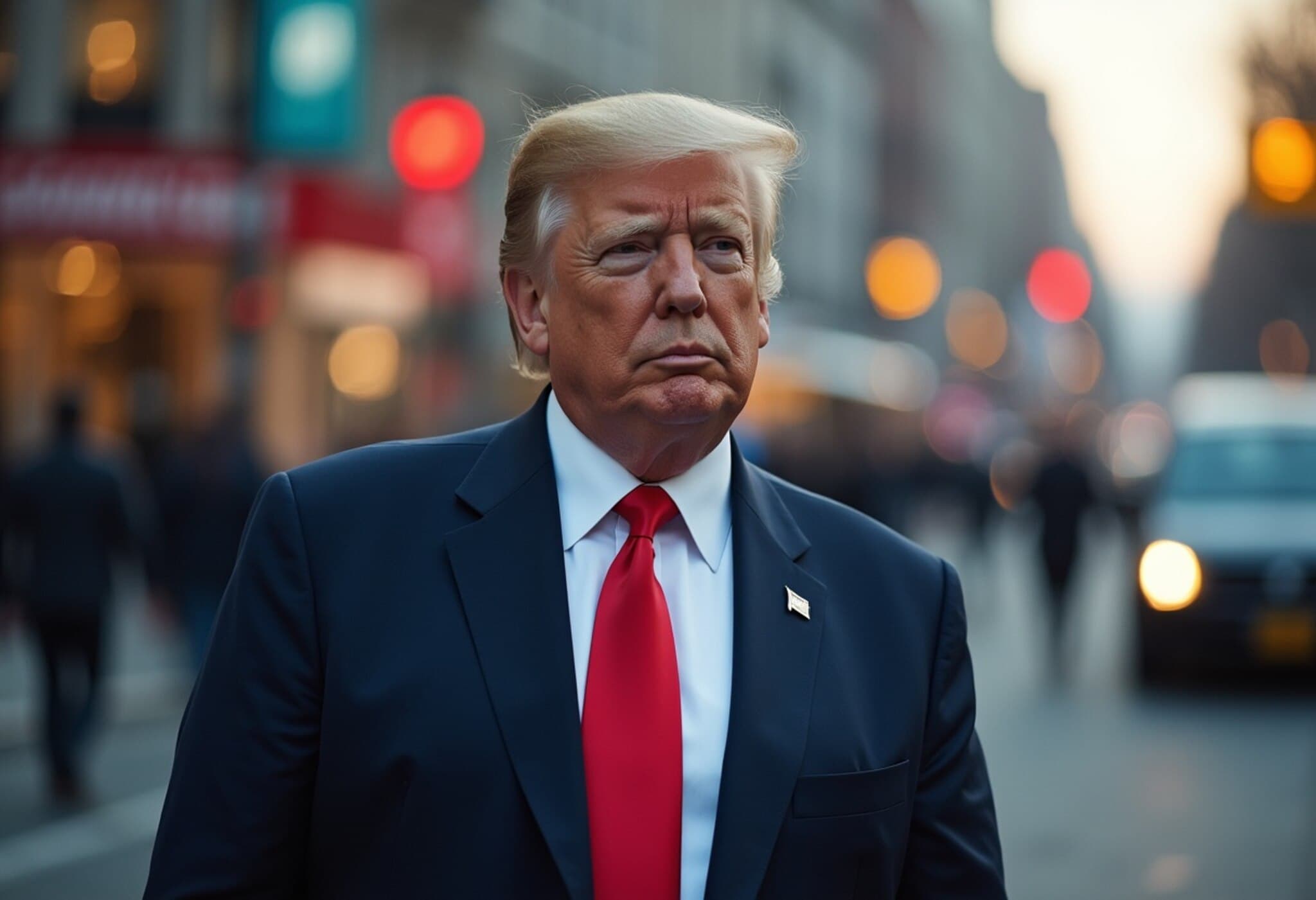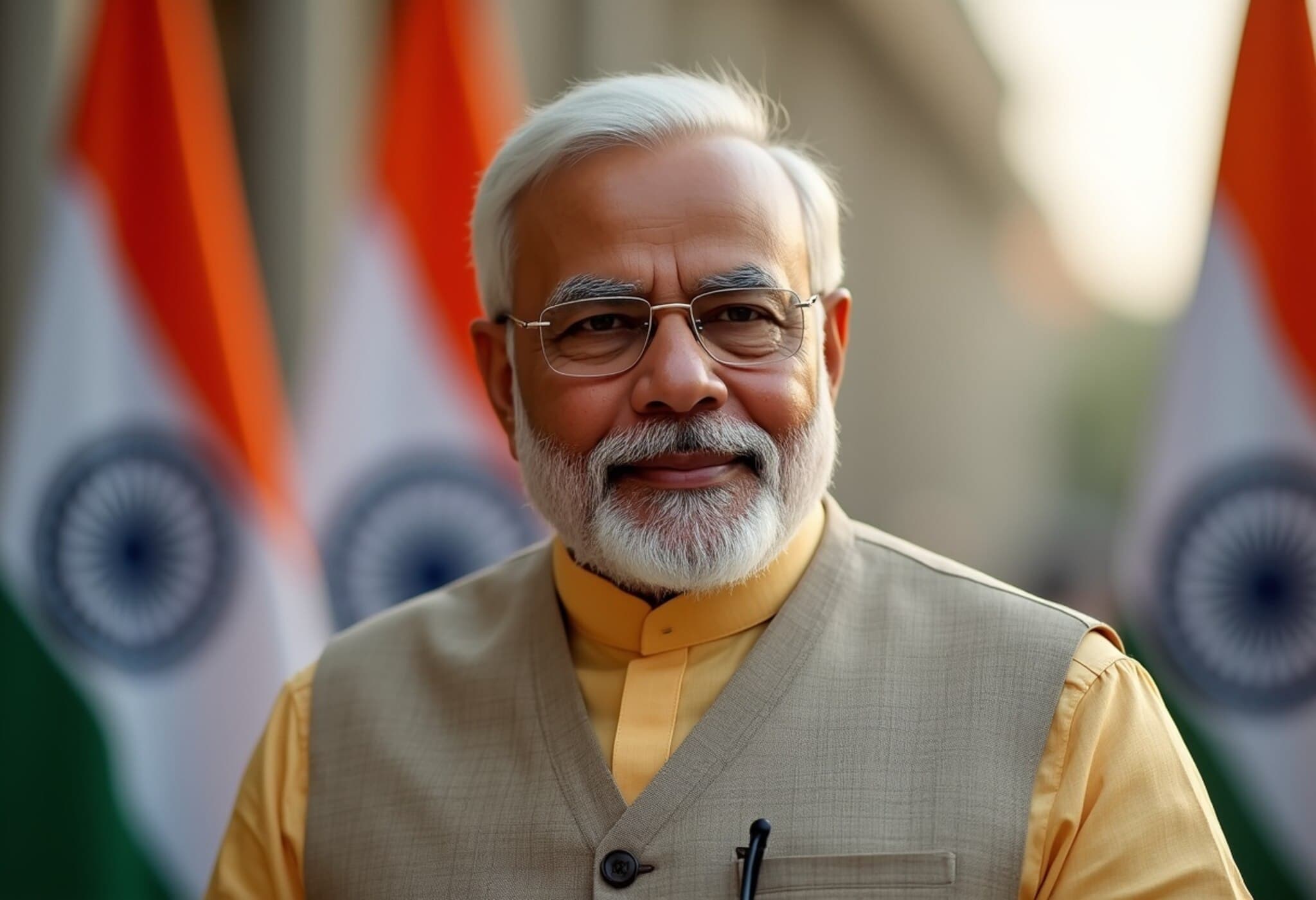Luxury Market Recovery Grapples with Lingering Challenges
The luxury goods sector, often seen as a bellwether for consumer confidence and global economic health, continues to navigate a complex path toward recovery. Despite cautious optimism, recent performances from luxury powerhouses signal a market still adjusting to evolving consumer behaviors, currency tremors, and geopolitical dynamics.
Following the latest quarterly results from LVMH, whose second-quarter sales slipped 4% year-over-year to €19.5 billion, investors and industry insiders are parsing through the nuances behind these numbers. Although falling short of the anticipated 3% decline, these results hint at a market pause rather than a full-blown retreat, fueled largely by shifting tourism patterns and regional consumption.
The Four Key Trends Shaping Luxury's Recovery
- Currency Volatility and Regional Imbalances: A dramatic fluctuation in the Japanese yen has reshaped luxury consumption there. After a surge in tourist-driven spending in 2024, luxury brands now confront a normalization phase. For example, Burberry and other brands reported challenges in the Japanese market this quarter, impacting overall Asia performance.
- US Market Growth vs. Tariff Uncertainties: American consumers are exhibiting a robust appetite for luxury, with brands like Richemont, Moncler, and Burberry noting increased sales. Yet, speculation that this uptick is due to preemptive buying ahead of tariffs clouds the sustainability of growth.
- Price Strategies Amid Rising Costs: To absorb the pressures from tariffs and rising production expenses, many European luxury houses are contemplating price increases. However, maintaining brand prestige and consumer loyalty adds complexity to any pricing decisions.
- Product Mix and Brand Appeal: The luxury sector reveals diverging fortunes based on product categories. Jewelry sales, particularly through Cartier and Richemont, continue to perform well, while the high-end watch segment faces softness. Likewise, leather goods remain a reliable stronghold for brands like Hermès, highlighting how product diversification influences market resilience.
Unpacking Regional Dynamics: Japan and the U.S.
The Japanese luxury market exemplifies a classic boom-and-bust cycle, with the yen's previous depreciation igniting a tourist spending spree that brands now watch cautiously as it reverts. This fluctuation demonstrates how currency moves and tourism patterns intertwine to drastically affect luxury sales. Interestingly, brands like LVMH report compensatory domestic growth in markets like China, reflecting a fascinating consumer behavior shift amid declining outbound tourism.
Meanwhile, the U.S. emerges as a shining spot, buoyed by consumers eager to indulge despite macroeconomic uncertainties. However, the timing and impact of upcoming tariffs keep industry watchers wary. Are American buyers accelerating purchases to sidestep future price hikes? Luxury executives admit the picture remains unclear, underscoring the delicate balance companies must strike between seizing short-term gains and building sustainable demand.
Price Increases: Navigating Cost Pressures Without Alienating Customers
Tariffs on European goods entering the U.S. add a layer of complexity to luxury brands famously protective of their pricing power and cachet. Raising prices is a double-edged sword; necessary to safeguard margins but risky if perceived as eroding value.
Brunello Cucinelli and Moncler have signaled forthcoming price adjustments, with Burberry already on this path. LVMH, while acknowledging price hikes among its toolbox to offset costs, emphasizes the need for corresponding product enhancements to justify these increases.
Industry data from UBS highlights that, so far in 2025, luxury prices have edged up by approximately 3%—a modest pace in contrast to the post-pandemic surge. Brands seem acutely aware of the tightrope walk between inflationary pressures and consumer sensitivity.
Product Divergence and Brand Narratives
Luxury consumers are not monolithic, and neither are brand fortunes. The allure of certain categories continues unabated—jewelry, for instance, remains a bright spot for Richemont's Cartier. In contrast, segments like watches struggle amidst market headwinds.
Leather goods remain the backbone of historic prestige for houses like Hermès, whose performance this quarter is expected to underscore this trend. At the same time, Gucci-owner Kering faces a pivotal moment under new leadership aiming to rejuvenate the brand’s identity, with a keen focus on innovation and freshness in product offerings.
Barclays’ luxury expert Carole Madjo aptly summarizes: "Bringing newness, something fresh which has not been seen before, is what could make Gucci great again."
Looking Ahead: What Investors and Consumers Should Watch
Luxury’s path to recovery is far from linear. The sector must skillfully navigate currency volatility, tariff ramifications, and shifting consumer geographies, all while innovating products and maintaining exclusivity. The upcoming earnings reports from Kering, Hermès, and Prada will be critical checkpoints, shedding more light on how affluent consumers worldwide are responding amid these challenges.
Editor’s Note
The luxury market’s story is one of resilience tempered by real-world complexities—currency swings, geopolitical tensions, evolving global travel, and nuanced consumer demographics. As the sector recalibrates, critical questions linger: Can luxury brands balance margin preservation with consumer loyalty amid price sensitivities? Will emerging markets and domestic demand offset tourism downturns? And ultimately, will innovation emerge as the key to reigniting growth? Stakeholders should watch these trends closely, as luxury often presages broader shifts in global economic sentiment.

